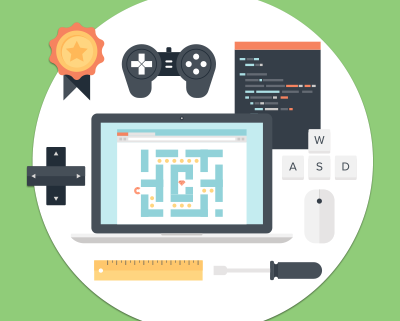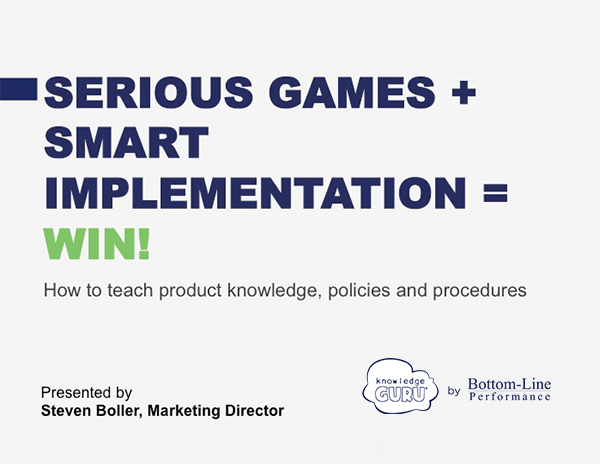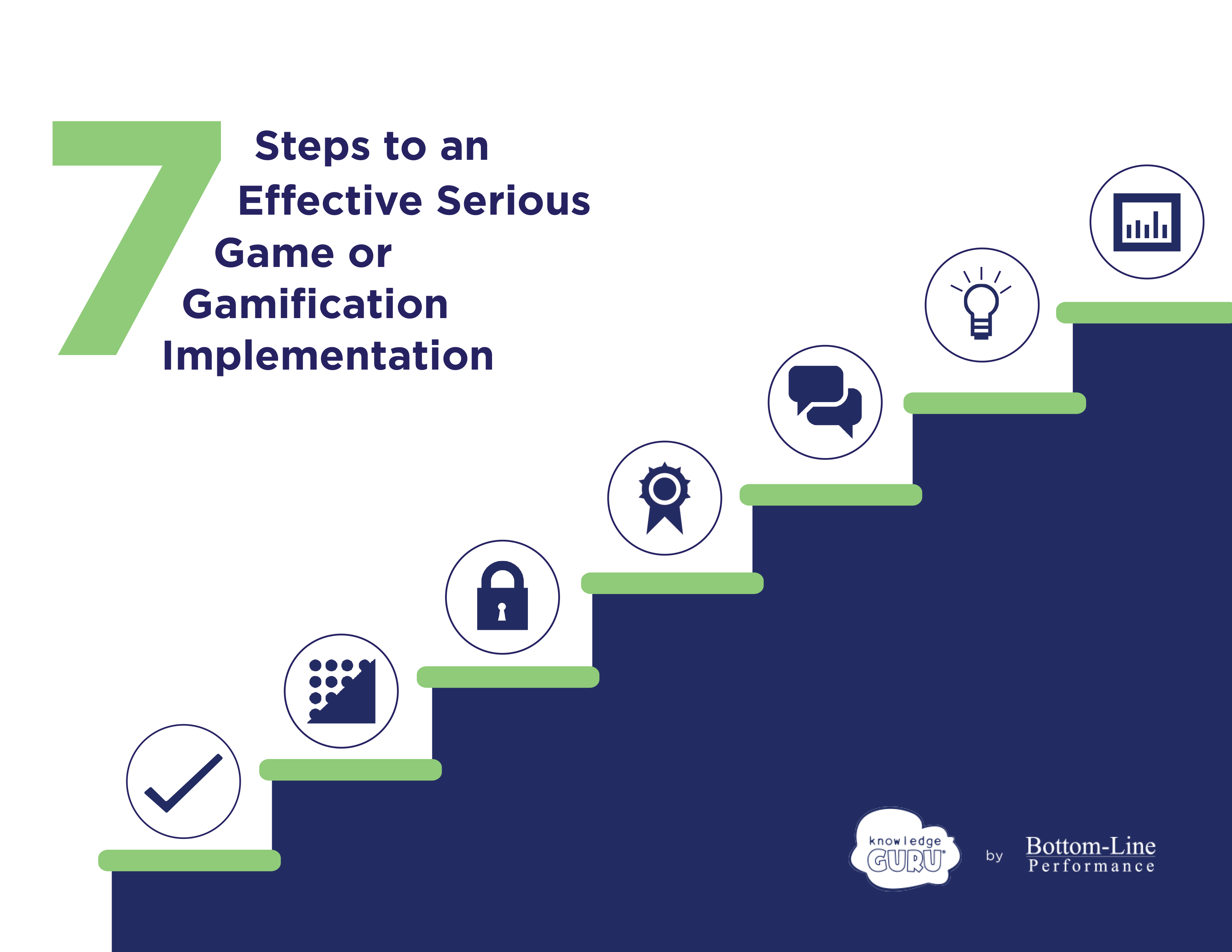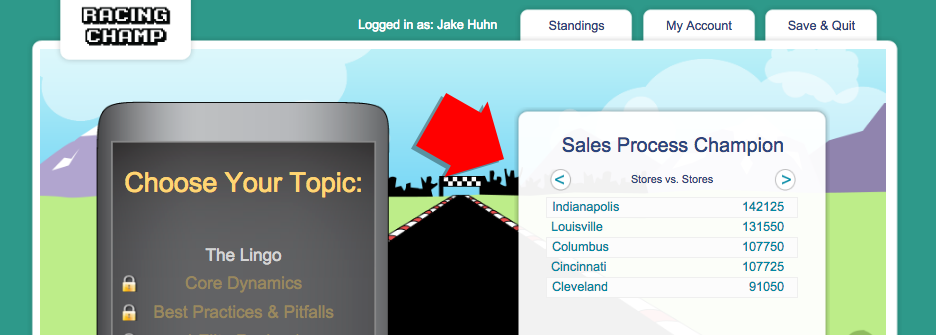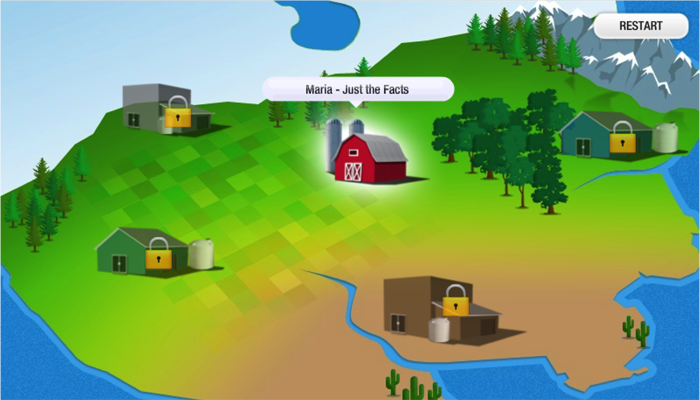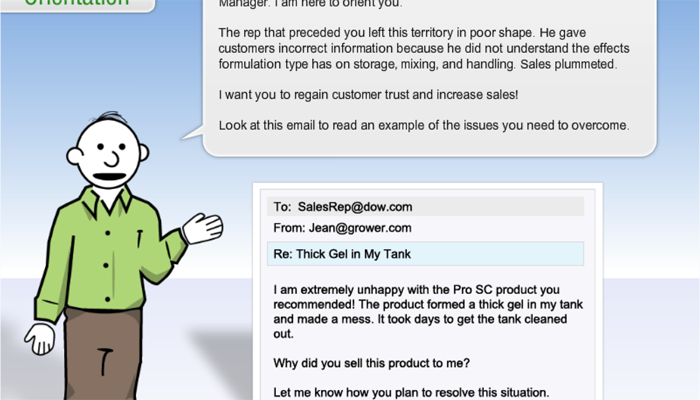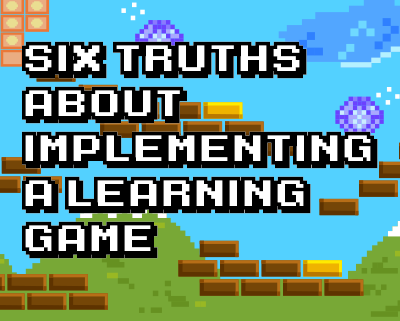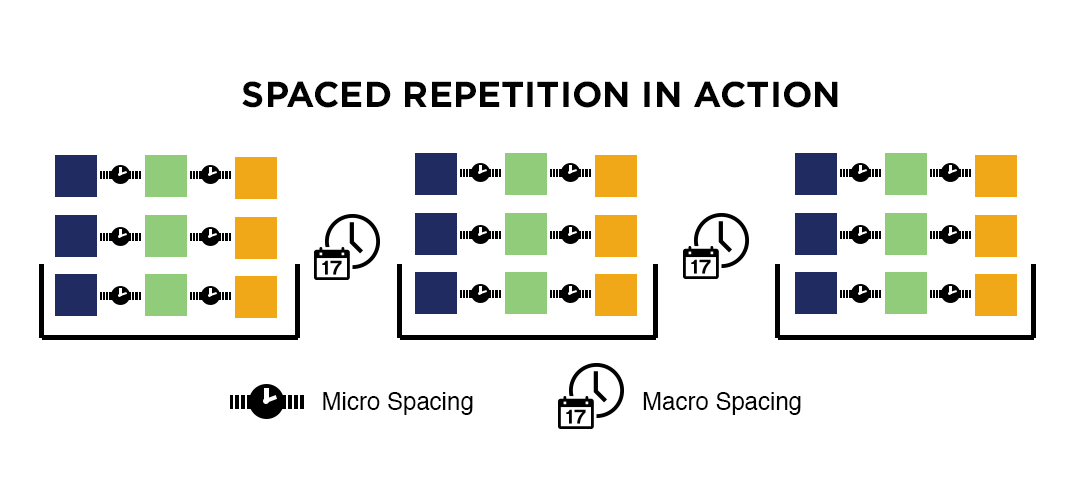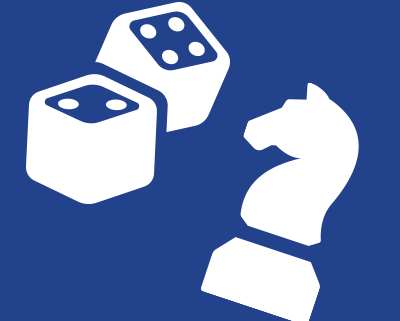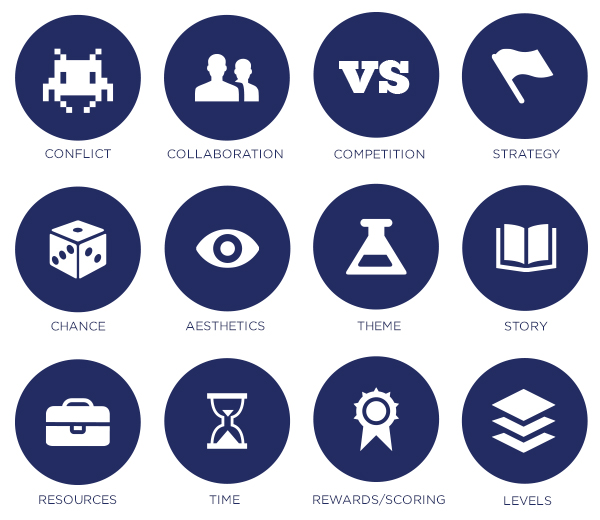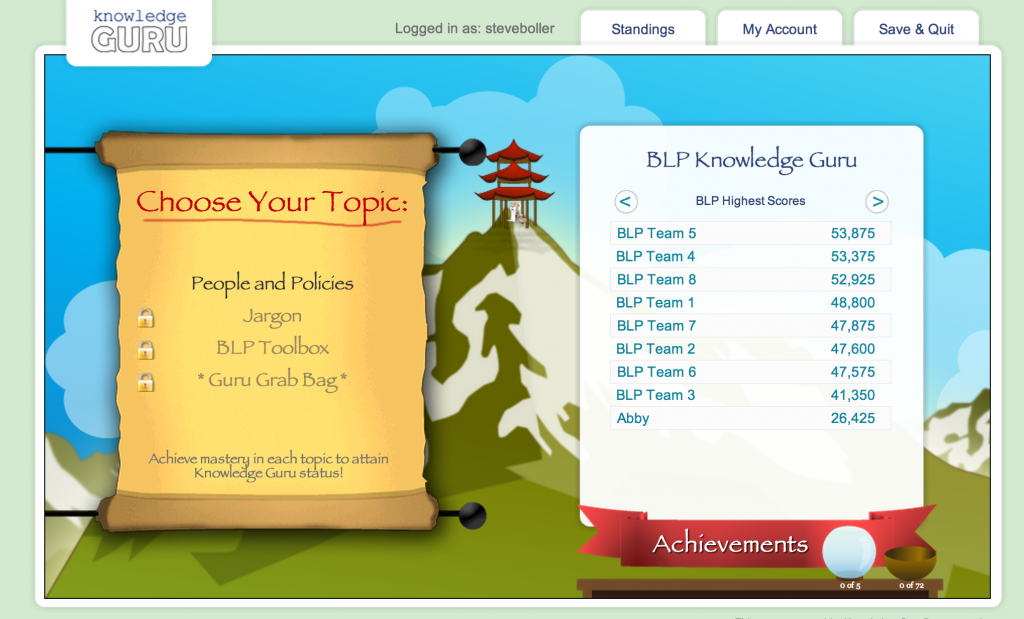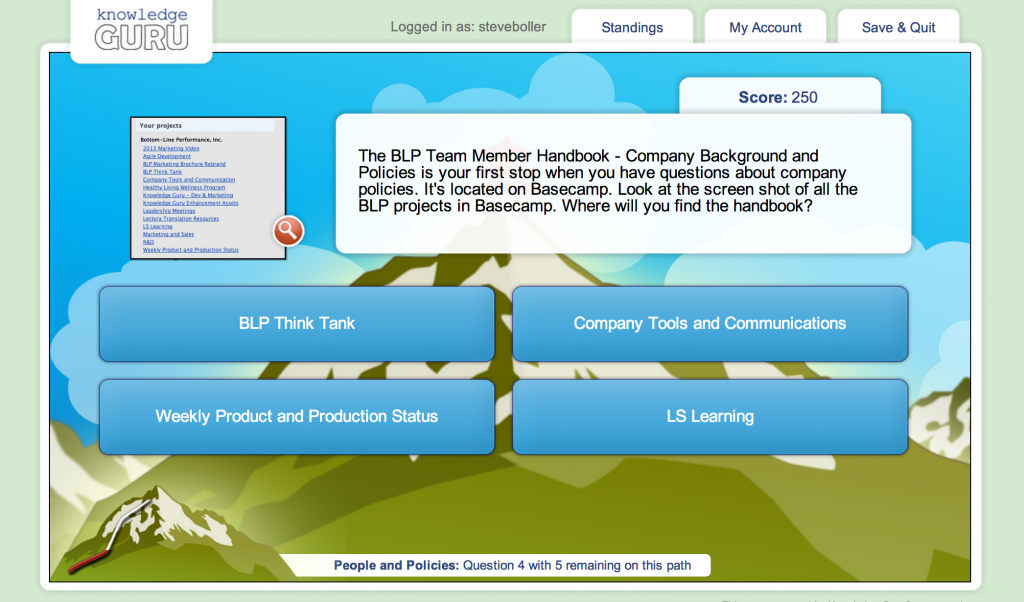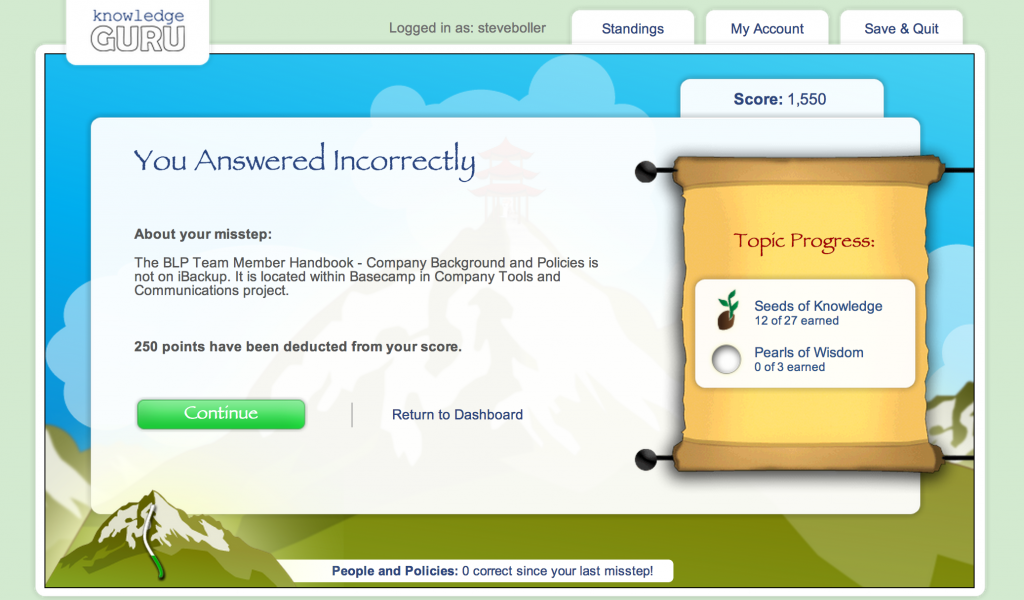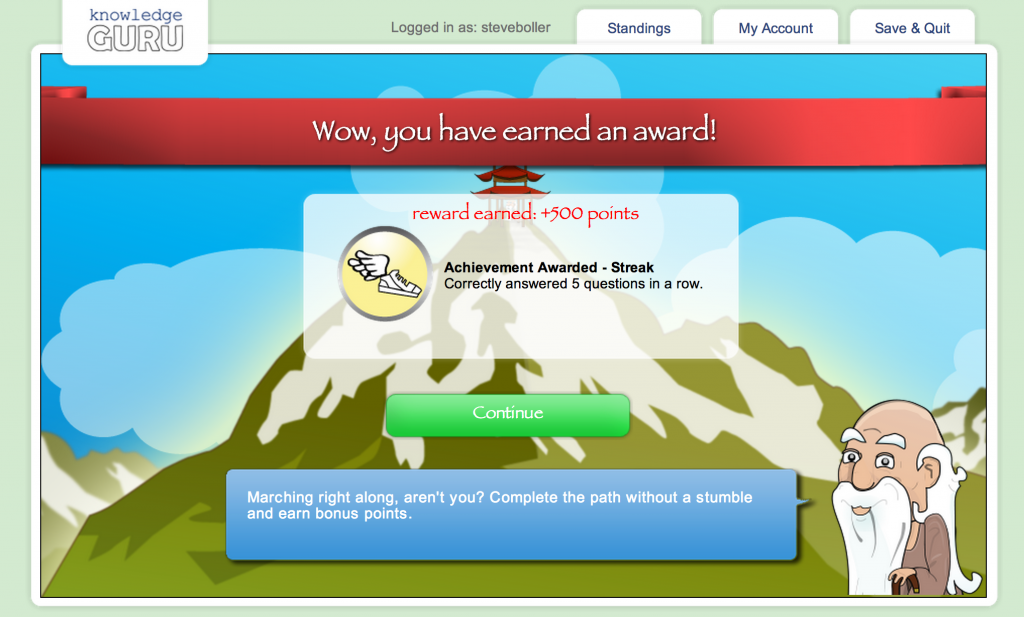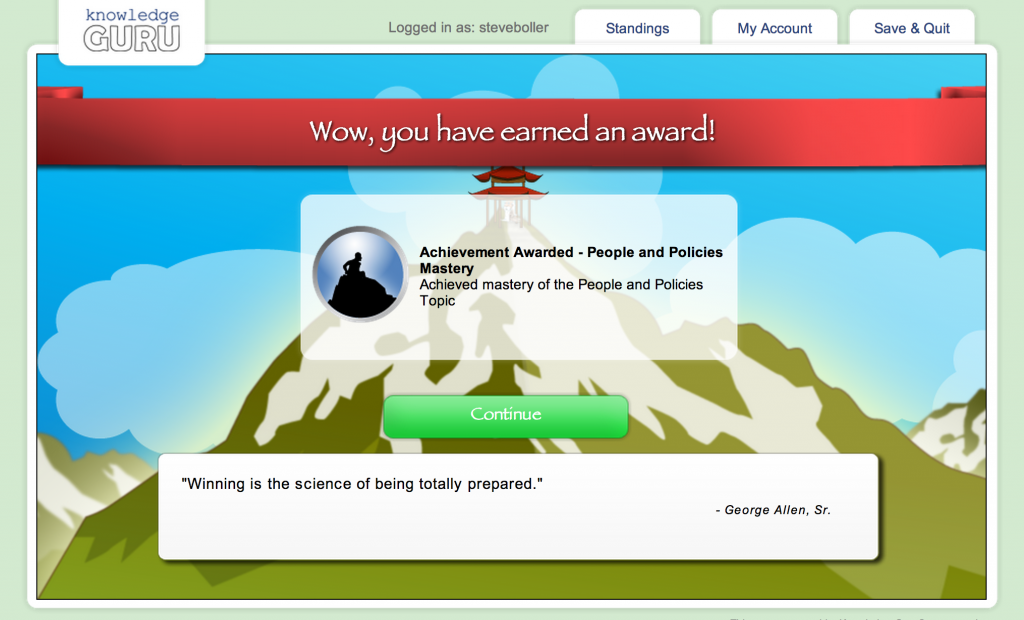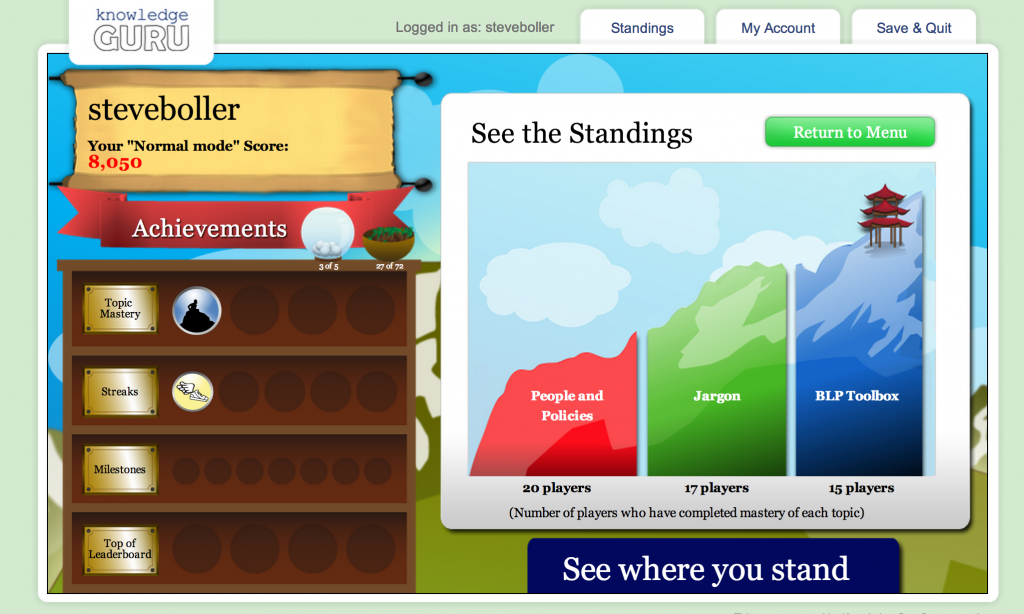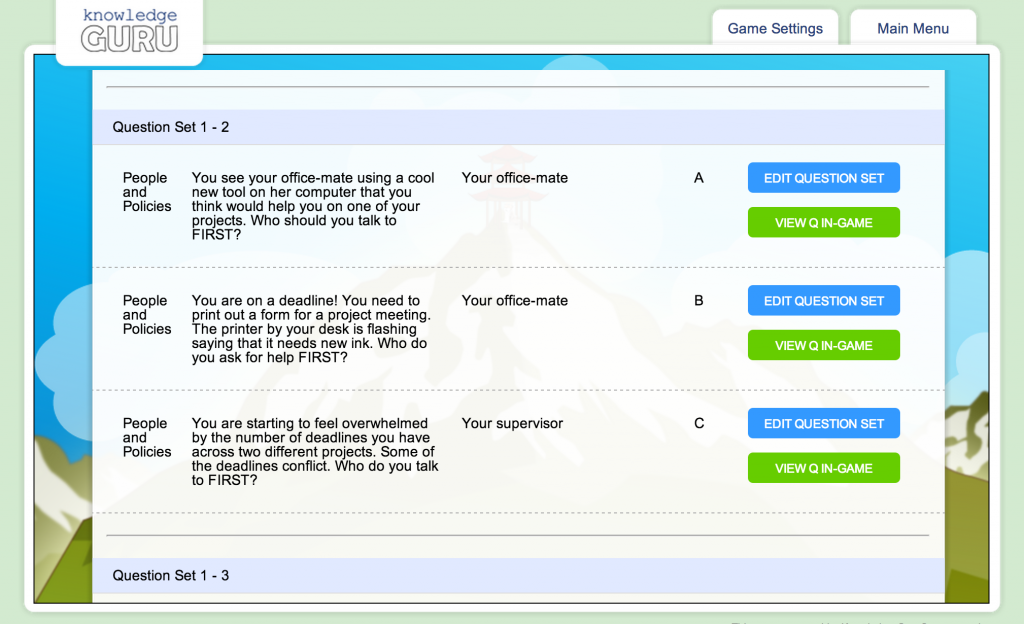When Learning Games Go Small: The Four Principles of Design

The education game market continues to grow rapidly, and mobile games are the dominant force within this market. Newzoo provides the insights for the generic games market; the Serious Play Conference released its annual report showcasing the huge growth specific to the education and corporate training sector. The compound annual growth rate in the U.S for corporate learning games will be over 20% between 2017 – 2022 and about 35% globally with the U.S. and India being the top two markets for serious game play. Newzoo predicts the overall mobile game market across all game types will grow 40% between now and 2020, a significant growth increase.
So… it makes sense for L&D personnel to consider what space mobile games (aka ones intended for play on a smartphone) might occupy in their company’s learning and development portfolio. A smartphone game is not just a shrunken version of a PC game – just as a limo is not just a bigger mode of transport than a unicycle.

The user experience and design aspects one expects from a limo, and the intended use of the limo, differs widely from that of the unicycle – even though both are modes of transportation. So it is with learning games. The use case for a smartphone game differs from that of a PC game, and the user experience should be different, too. L&D people need to think about this. When learning games go small there are four quadrants of design skills involved.
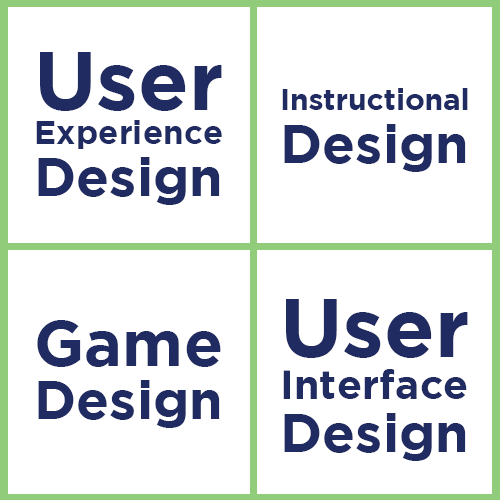
It’s highly unlikely that a single individual will possess skills in all four quadrants. It’s also very likely that if you opt to go the route of mobile games within your organization, you will need to pull together a team to create your game. Understanding each quadrant helps you assemble the right team and do a good job evaluating the game design the team evolves.
Here’s a quick definition of each quadrant followed by a checklist of factors to consider within each quadrant:
- User Experience (UX) Design – the framework and navigation design of your game; this framework makes it easy to learn, easy to use, and easy to add/build onto it if you need to roll out future enhancements.
- User Interface (UI) Design – the graphical “look and feel” of the game; it provides the aesthetics and helps create a mood or “feel” to your game (light-hearted, scary, humorous, intense, etc.). Lots of people think UX and UI mean the same thing. They don’t.
- Instructional design – the design and structure of the experience to meet specific learning needs for a specific audience or audiences.
- Game design – the design of the play experience; it includes the core dynamics of your game, rules, and game elements that all work together to enable players to achieve a game goal and have fun doing it.
Instructional Design Checklist
Does your game:
- Have a clear learning goal and measurable learning objectives focused on a specific learner?
- Tap into learner motivation?
- Manage cognitive load by eliminating irrelevant or extraneous content?
- Provide relevant practice?
- Give specific, timely feedback?
- Trigger emotion that can help with long-term retention of learning content?
- Provide spaced repetition to help with long-term retention of learning content?
- Use story(ies) (again, for help with long-term retention of learning content as well as involvement during learning experience)?
Game Design Checklist
Does your game:
- Provide players with an intriguing goal or challenge?
- Match the interests or player types of your target players?
- Stick with one or two core dynamics?
- Provide clear rules?
- Use appropriate game elements from ones such as chance, strategy, cooperation, competition, aesthetics, theme, story, resources, rewards, levels?
- Make the scoring relevant, motivating, and understandable?
- Balance game complexity and difficulty for your player and the time you anticipate them playing it; not too easy or too little complexity, but not too hard or too much complexity either.
UX Design Checklist
UX best practice is that you design to the smallest screen. This means that your design supports these attributes on the smallest phone size players are likely to use. We draw the line at the iPhone 5, which is 1136 x 640 pixels or 4-inches diagonally. Good UX means you:
- Have legible text.
- Have touchable targets that a typical adult finger can easily succeed at using.
- Cut the clutter.
- Focus on one key action or use per screen.
- Make the navigation intuitive.
- Make the experience seamless if intended for multiple devices.
- Cater to contrast.
- Design for how people hold/use their phone.
- Minimize the need to type.
Attend to the small things to make a big difference.
UI Design Checklist
This checklist is the smallest, yet the aesthetics or “look/feel” of your game has a major impact on uptake and continued game play (which translates into best learning assuming you executed well on the instructional design checklist items). When creating your UI design, make sure your UI is:
- Consistent. Treat every button of the same type in the exact same fashion. Treat all screens of a single “type” the same way, etc. Use fonts and text labels for things consistently.
- Designed to your user – and not to your personal preferences. Example: While you may love anime art, your corporate user may find it insulting or trivial.
- Not reinventing standards; use what’s common and comfortable. There is a thing called “heuristics” for a reason. (Note: UX/UI heuristics are often bundled into a single list.)
- An enhancement of the focus and not the focus of your game experience.
- Forgiving of user mistakes with lots of prompts and helpful guides.
- Clear on giving users feedback about what to do and where to go.
Want More Information?
If you want to know more, here are some great resources:
- Sign up for a companion webinar to this post that will occur on October 10th – When Games Go Small: Mobile Learning Game Design Do’s & Don’ts.
- Download a handy checklist for each quadrant of design.
- Check out my book, coauthored with Dr. Karl Kapp – Play to Learn: Everything You Need to Know About Designing Effective Learning Games, published by ATD Press 2017.
- And/or join Karl and me in Chicago on September 20-21 for a 1.5-day workshop on learning game design or join me at DevLearn for a 1-day workshop on October 24th.


